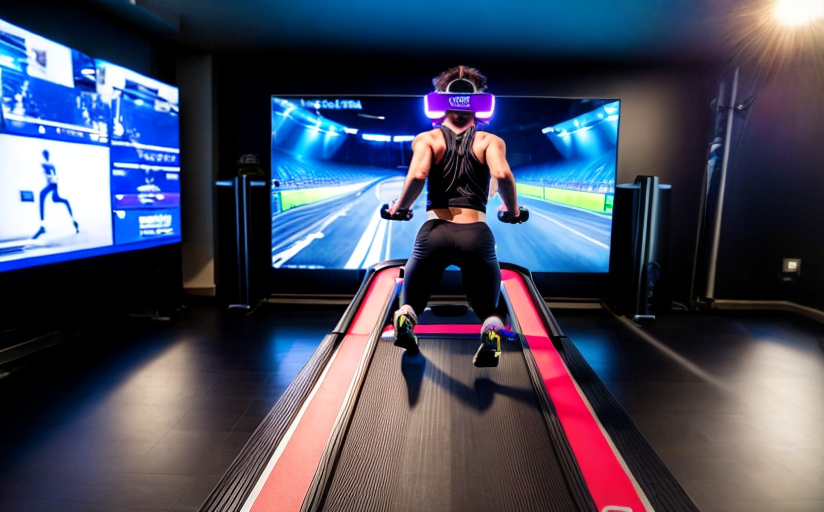The Transformative Influence of Virtual Reality on Sports Training and Fitness Routines
Introduction
The explosive growth of technology has revolutionized traditional sports training and fitness routines, particularly with the advent of Virtual Reality (VR). As technology continues to weave its way into every aspect of our lives, its impact on the sports and fitness industry is proving to be exciting and transformative.
Virtual Reality: The New Face of Fitness
VR technology utilizes immersive, interactive experiences to engage users in a simulated yet remarkably realistic environment. The rise of VR has been mirrored by its popularity within the athletic community, seeing increased usage both in professional sports training and among fitness enthusiasts. VR grants both groups an opportunity to carve out unique, user-specific fitness routines, regardless of the physical location.
Impact on Athletes
VR technology has become an integral part of sports training for professional athletes. It aids in fine-tuning skills, strategy development, and injury rehabilitation by providing lifelike simulations of game situations. By enabling athletes to practice and replay different scenarios, VR helps improve decision-making abilities and reactions to fast-paced athletic situations without the risk of physical injury.
Types of Exercises and their Implementation
There are multitudes of VR fitness applications, ranging from boxing and yoga to dancing and full-body workout routines. These have been instrumental in creating effective and enjoyable fitness sessions that help to maintain motivation and persistence.
Advantages and Drawbacks
VR technology offers unique benefits such as customization, increased engagement, and safety. However, it is worth noting that it can also bring potential drawbacks. These include a lack of tactile feedback and the possible onset of cyber sickness due to prolonged exposure. Also, these programs can be expensive and require substantial space to be effectively implemented.
The Future of VR in Sports Training and Fitness
Given the pace of technological advancements and the burgeoning acceptance of VR technology in sports and fitness, the future looks promising. We can expect to see VR being used for more specific sports training, rehabilitation, and personalized workout routines with improved accuracy and user satisfaction.
Conclusion
By complementing traditional workout routines rather than replacing them, VR technology offers exciting possibilities for the advancement of sports training and fitness routines. With its potential to transform the way we train and maintain fitness, VR technology holds the promise of a future with enhanced athletic performance and healthier lifestyles.



















Comments
Leave a Comment